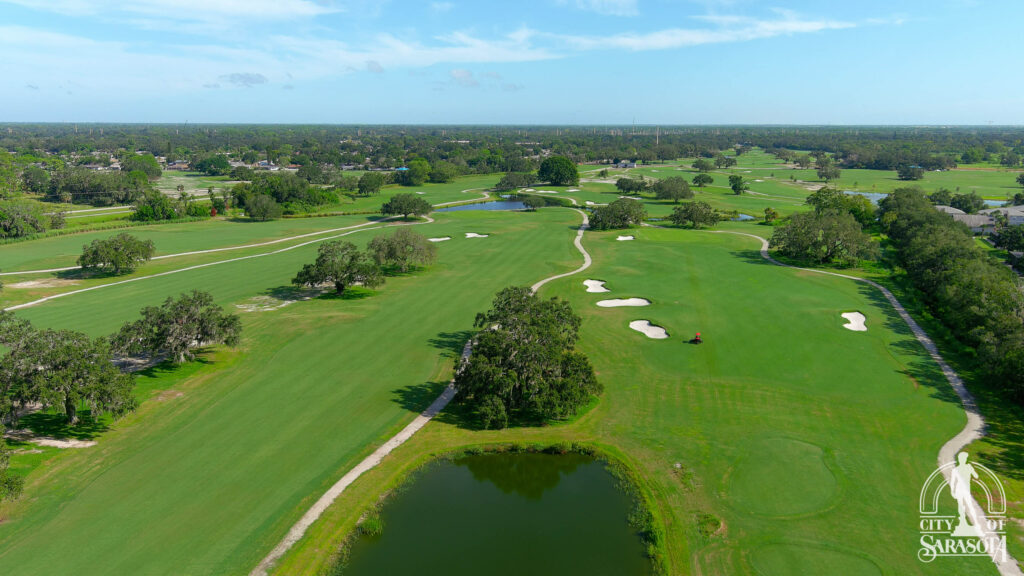
This Bobby Jones course review covers every hole at Bobby Jones Golf Club. And the post includes notes and comments from the project manager and golf course architect, Richard Mandell.
This is a follow up to the overview post I did when Bobby Jones Golf Club opened in December 2023. Here is a video of the overview.
The overview post includes a bit of golf history for both Donald Ross and Bobby Jones, as well as the golf course. You will also find details about the Nature Park, and the water and drainage aspects of the project.
I also posted a review of the Greens Fees and Mobile App for Bobby Jones GC. Check out the video here.
All the distances in this Bobby Jones Course Review are for the back tees and total 6714 yards. Bobby Jones GC offers 6 sets of tee boxes as well as the Ross Tees that re-create the exact distance Donald Ross designed back in 1926. That is 6240 yards. So actually seven possible tees.
Enjoy
Front 9 – Bobby Jones Course Review

The 1st hole is an introduction to what you can expect from Bobby Jones Golf Club. The old practice range and chain link fence to the left of the tee box have been removed. Now the view is wide and open. The fairway leads the eye slightly to the right, and you notice mounding as you move toward the green.

Mandell commented, “We were really true to the Ross plan, which shows lots of mounding in the middle of the fairways.”
The mounding gives the appearance of elevation change and frames the 1st green. The green has a low profile and is obscured by the fairway mounds. Big and welcoming, the 1st green offers many pinning options.
The 1st is a gentle handshake in Ross-Speak, and a pleasant start to your Bobby Jones Golf Club experience.
.

The 2nd tee is very close to the 1st green, which was the norm before motor carts were invented. I love the efficiency of classic golf courses.

Remaining true to what Ross designed, a bunker in the middle of the Fairway some 50 yards short of the green draws attention. This will not be in play for the better golfers but may affect golfers that play the game closer to the ground.
Now a canal crosses the 2nd fairway, closer to the tee box, though this hazard should not come into play. This canal is integral to the overall water management scheme built into the design. This is what Ross designed 100 years ago, and Mandell wisely elected to keep it.
There are no bunkers around this gentle, large green. Beyond the 2nd green is a fall-off, and makes a recovery difficult with the forward-sloping putting surface.
.

The pond to the right of this long par 3 was necessary for drainage, but should not come into play.

A bunker in front of the 3rd green, as originally designed is 15 paces from where the green starts. An optical illusion that is still an applicable challenge 100 years later.
The approach to the 3rd green can be obscured from the tee, especially to a front right pin. The two-tiered green is the most challenging and most severe green on the golf course.
Mandell was conscious of trying to offer as much flat putting surface on each level to counteract the major slope in between.
.

The 4th hole strayed farthest from the original Ross design. This is now a par 5, where the original design was a par 4. A concession to the modern game.
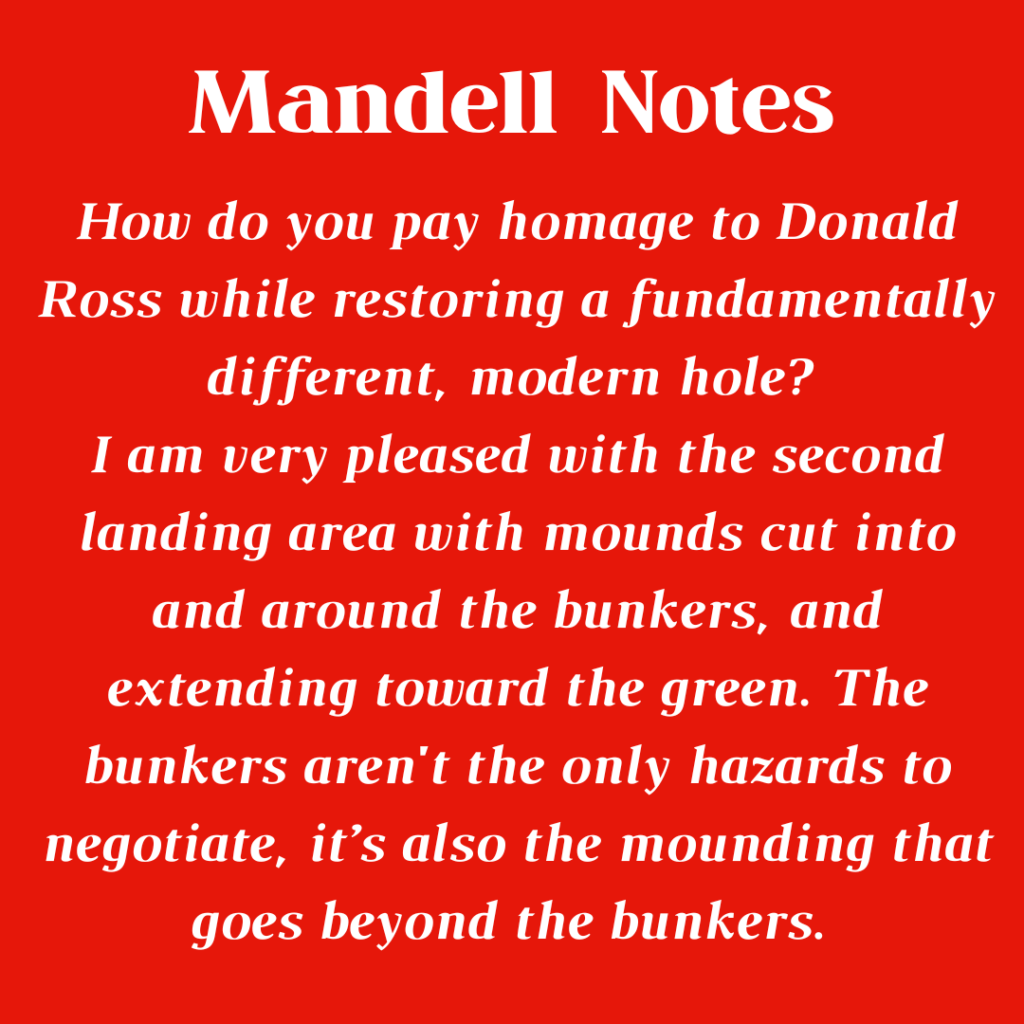
Mandell wanted the golf course to be over 6700 yards, and here at the 4th he was able to add yardage and a stroke to make the overall par 71.
The two bunkers and mounding on the right side of the fairway present a dilemma in the second landing area. Staying left and avoiding the bunkers and mounding on the right side, brings a tall live oak into play on the left side.
From above you see the canals behind the green moving water at this spot in the golf course, they don’t come into play unless you go very long.
.
Outward Holes – Front 9
The outward nine at Bobby Jones Golf Club are contained in the southern wedge of the property. Wide and flat, you get a sense of the vastness of the golf club and the Nature Park at Bobby Jones. Ross and Mandell kept the tees and greens close to each other, the result is a walkable classic golf course.
.


This straightaway par five features large live oaks framing the fairway. While the mature trees have been thinned and are visually pleasing, Mandell reminded me these trees were not here 100 years ago. In fact, the greens may have been all sand back in 1926 when the golf course opened, but I have been unable to confirm that nugget of Sarasota golf history.
The water along the left side of the 5th fairway will collect wayward second shots.
The 5th green is the largest on the golf course. A big, sloping green close to Fruitville Road. Bunkers on either side of the front of the green protect against long hitters getting home in two. Mandell followed the original plan of a large circular green.
.


A short, simple, and straight par four. The grass field on the right is gone, so the hole feels wider and less intimidating.
Mounding in the 6th fairway between the bunkers and down the fairway makes it a challenging hole for higher handicappers. “Linksy” as Mandell put it, for playing this hole along the ground. The mounds are where Ross drew them.
This is a shortish Par 4 from all of the tees at the sixth.
.


The 7th is the most visibly appealing hole to my eye. The pond to the left of this short par 4 has been tidied up with proper banks, compared to the muddy gator ramp I remember.
A large rounded Banyan tree well behind the green frames the hole. This tree has always been there but with the invasive trees removed, the tree is now showcased.
This might be my favorite hole. The green complex offers one of the least welcoming approach shots, but a hole’s must have some defense at 342 yards from the tips.
.


A big honking Par 3 from the back box
A ridge runs in front of the green and hides a vast valley of fairway.
You can find trouble past the hole and to the right in the form of a canal.
The green is wider in the back and might offer unnecessary tucked pins if the greens keeper had a bad night.
This hole is nearly 160 from the most forward tees. A belt tightener for everyone.
.

The back tee box on the 9th requires a drive over a canal and the fairway bunkers are closer to the center of the fairway.
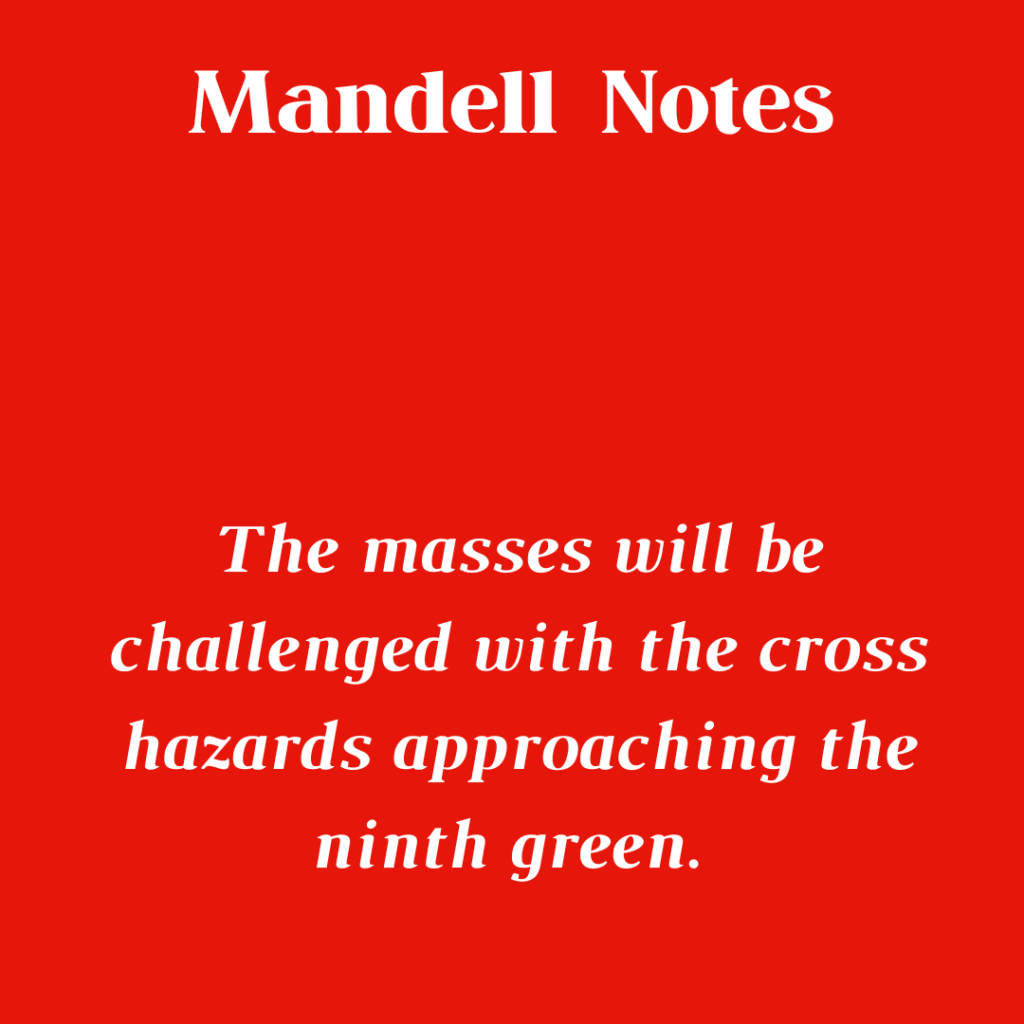
An interesting design feature, as you move up to where Ross put the tees, you move left, and the bunkers are not as prominent.
This long par 4 has multiple challenges, as you approach the green. There is a bunker 50 yards in front of the green as Ross designed. And a mound on the right, 20 yards before the green, and a steep face to the left and behind the green.
I love that the old the practice range is gone. Now the 9th hole feels much wider and there is no danger from hooked range balls.
.
Back 9 – In – Bobby Jones Course Review
.

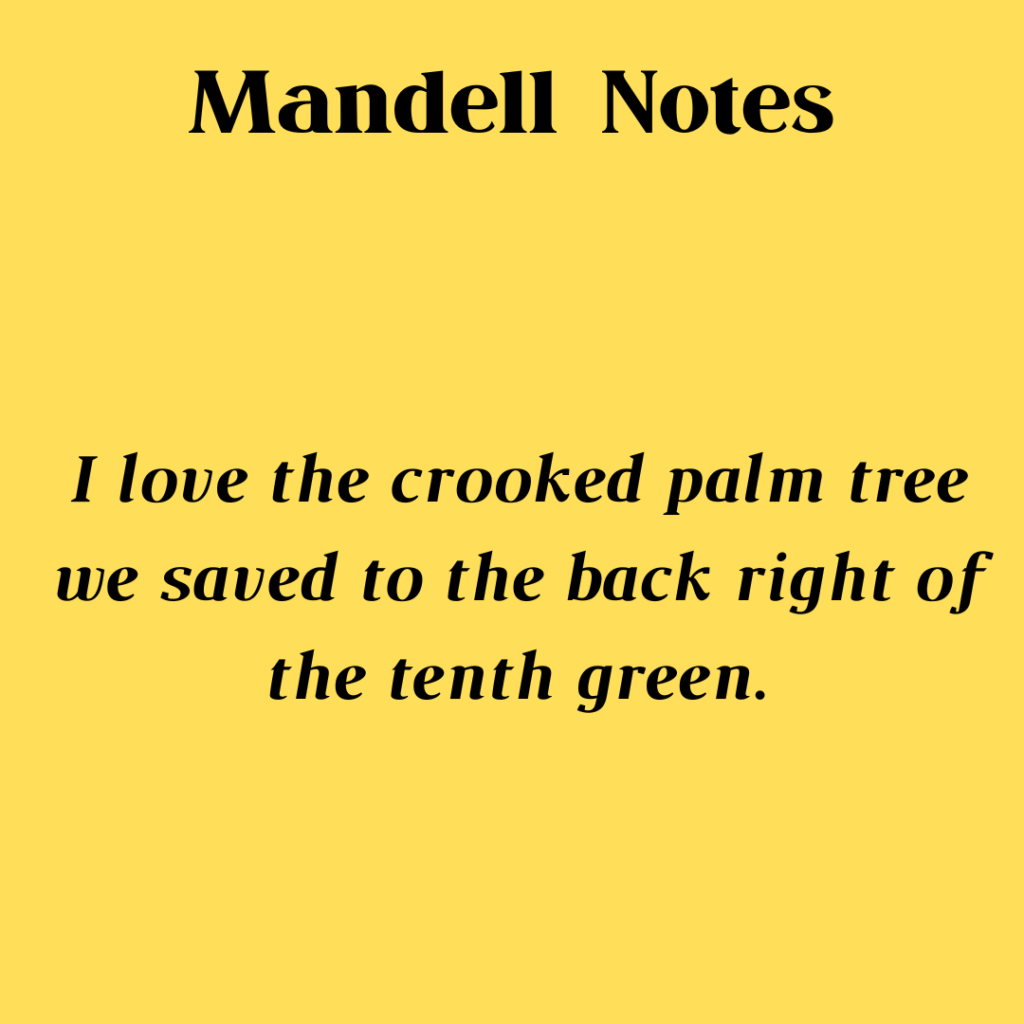
The canal that previously ran in front of the 10th green has been buried, though reappears on the 18th hole in front of the tee. Now a mound conceals the putting surface from the approach shot, bisecting the view. The green is broad with bunkers on either side.
Big hitters will find an uneven stance for their approach shot, a clever defense. The green is shaved behind, and the back left ‘porch’ may offer a devilish pin option.
This short par 4 is an easy start to the back side, though the hole can be toughened up with pinning placements.
.

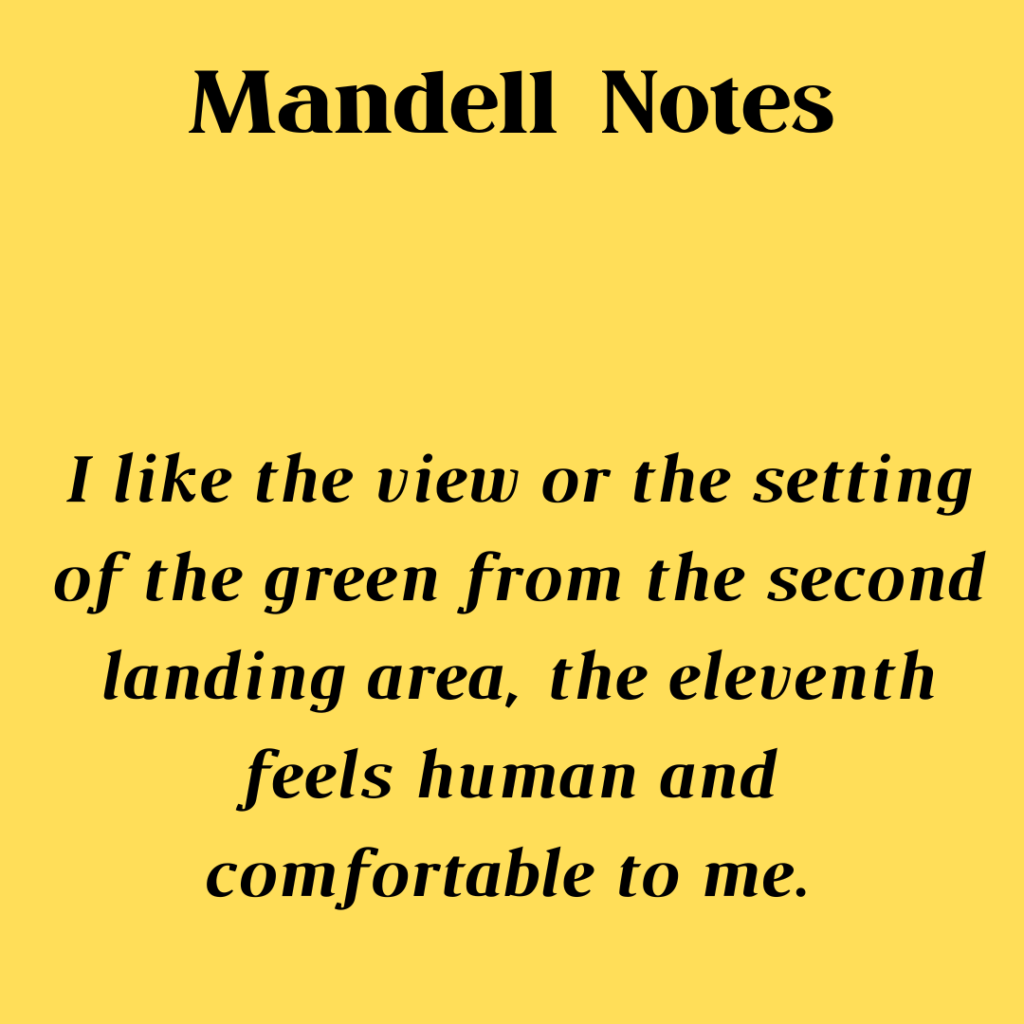
A unique feature at the 11th is the fairway connects to the 12th fairway, on this par 5. Mandell felt this kept the scale of the property while adding character and practicality for the grounds crew.
The bunker on the right side of the second landing area, some 40 yards in front of the green ties the hole together nicely. The green is on the smaller side.
A berm developed over time on the right side of this fairway preventing water from exiting the golf courses. This correction now allows proper drainage in this area of the property.
.

The 12th is another short par 4 with a wide fairway. The connection to the 11th fairway offers safety from the trees on the right side of the hole and a clearer approach to the green.

The 12th allows a wide left tee shot, then narrows to a bottleneck at the front of green. Then, the 12th green is wide again with a variety of pin options available.
From the center of the fairway, the approach must carry the four bunkers guarding the front. This is how Ross designed the hole with his trademark optical tomfoolery.
The large green slants forward and penalizes any too-long approach shots, while short siding a back pin.
.

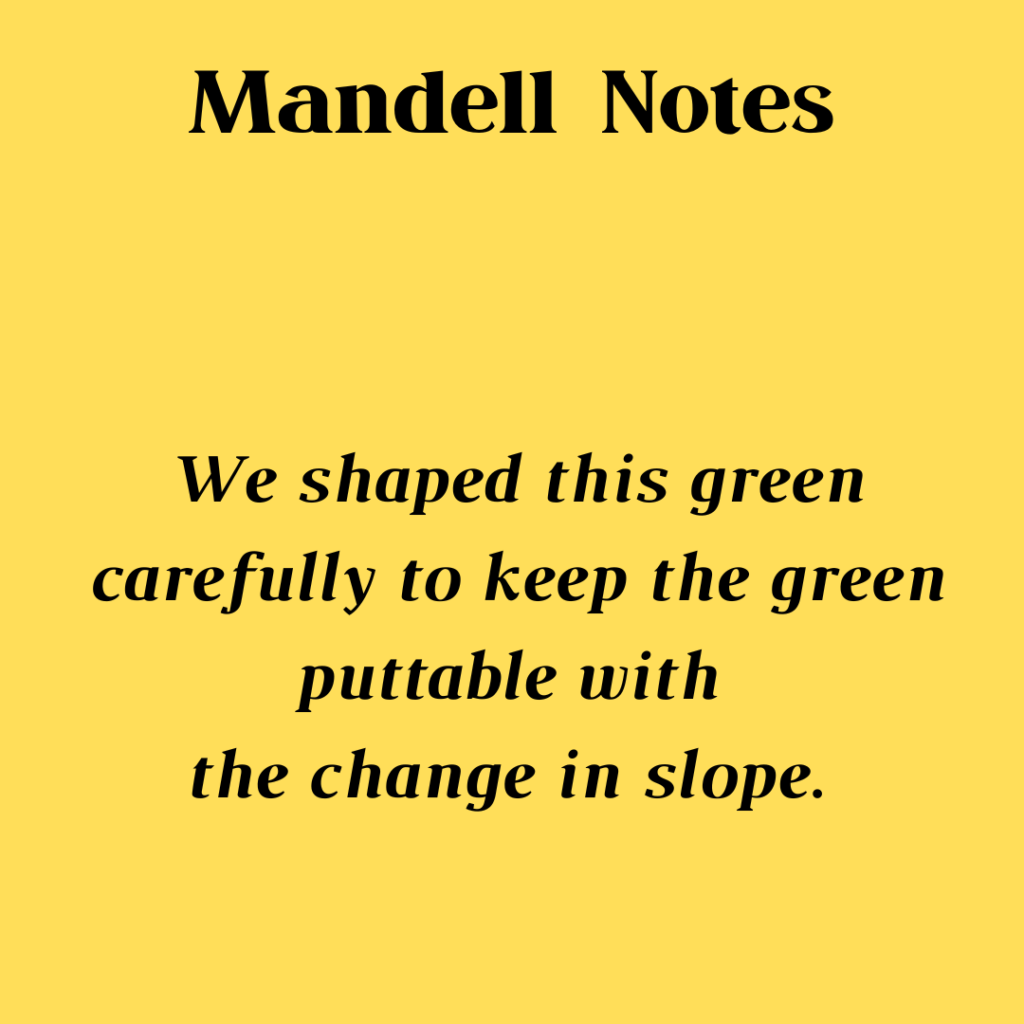
A pond on the left of the 13th was no longer necessary for drainage, and Mandell put in a grass hollow.
From the tee box, the plateaued feature of the 13th green is not apparent, but the green falls off on both the right and the left sides. A ridge runs front to back across the green, creating numerous pinning options.
The 13th hole is tucked in a corner of the property, surrounded by trees and somewhat confining compared to the openness of the rest of the golf course.
.
Inward Holes – Back 9
The back nine at Bobby Jones moves northward and is bordered by the property line on three sides. The holes are more linear and so you don’t have the same open feeling as the front nine. Many holes on the back are revealed on the tee box, and not before.
.

The 14th requires the most challenging tee shot. The fairway is open on the right, but the mounding will send your ball to the left of the fairway. A canal and OB on the left side run the entire length of the 14th hole.

The 14th green is elevated above a pond that is on the right side. This pond serves as a water retention element that was not on the Ross plans. Though Mandell maintained the elevation changes Ross originally designed for the 14th green.
The 14th green appears slightly crowned and is a high point of the property. The bunker on the right is brought into play with a deep right pin, though once again, there is more room than appears from your approach shot.
The green falls off quickly to the back and right, and once again, there’s no value in being long.
.

Ross created a very long par four 15th with a canal that comes into play with a poor tee shot or with wind in your face.

Ross designed the 15th hole at 443 yards in the era of hickory shafts. Dastardly as Manedll puts it. Now the 15th plays a robust 478 yards from the back tees. Still dastardly!
The reward, if you can call it that, is a level fairway and a green with no bunkers. This large green complex slopes front to back, though is easily accessible.
This a lonely stretch of Bobby Jones Golf Club. You are on the edge of the property, far from the clubhouse.
The 15th is pop quiz to test if you have selected the right tees for your game. Albeit, a bit late in the round.
.

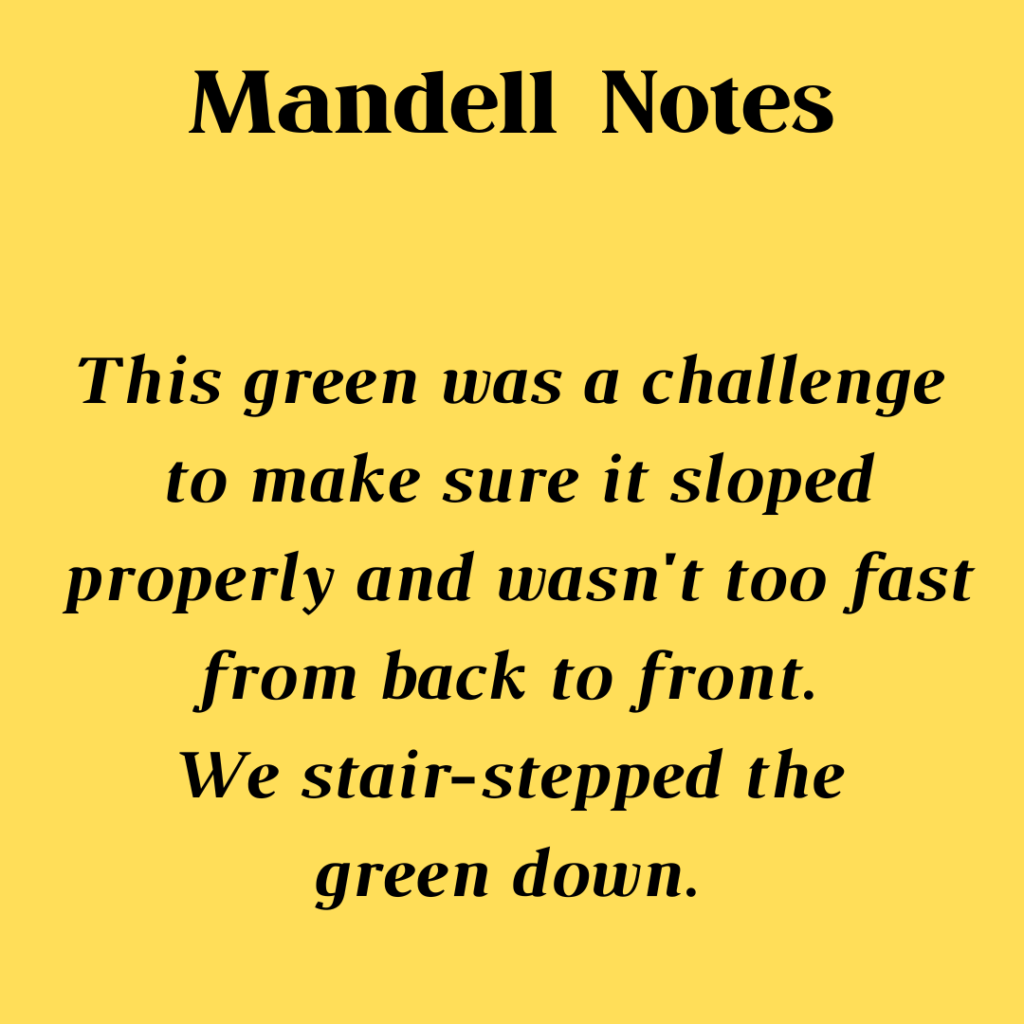
Another long par 3. Mandell took the 16th green down some 5 feet, to match the elevation changes Ross designed. The 16th green is still one of the highest spots on the golf course.
You hit over a canal and a water hazard on the left. Neither should come into play, but they will for some golfers.
The 16th green complex is large and plateaued but also has a bowl feel to it.
A ridge runs behind the 16th green and wraps around the back. The mounding helps to keep balls on the green, a user-friendly feature that Donald Ross often employed.
.

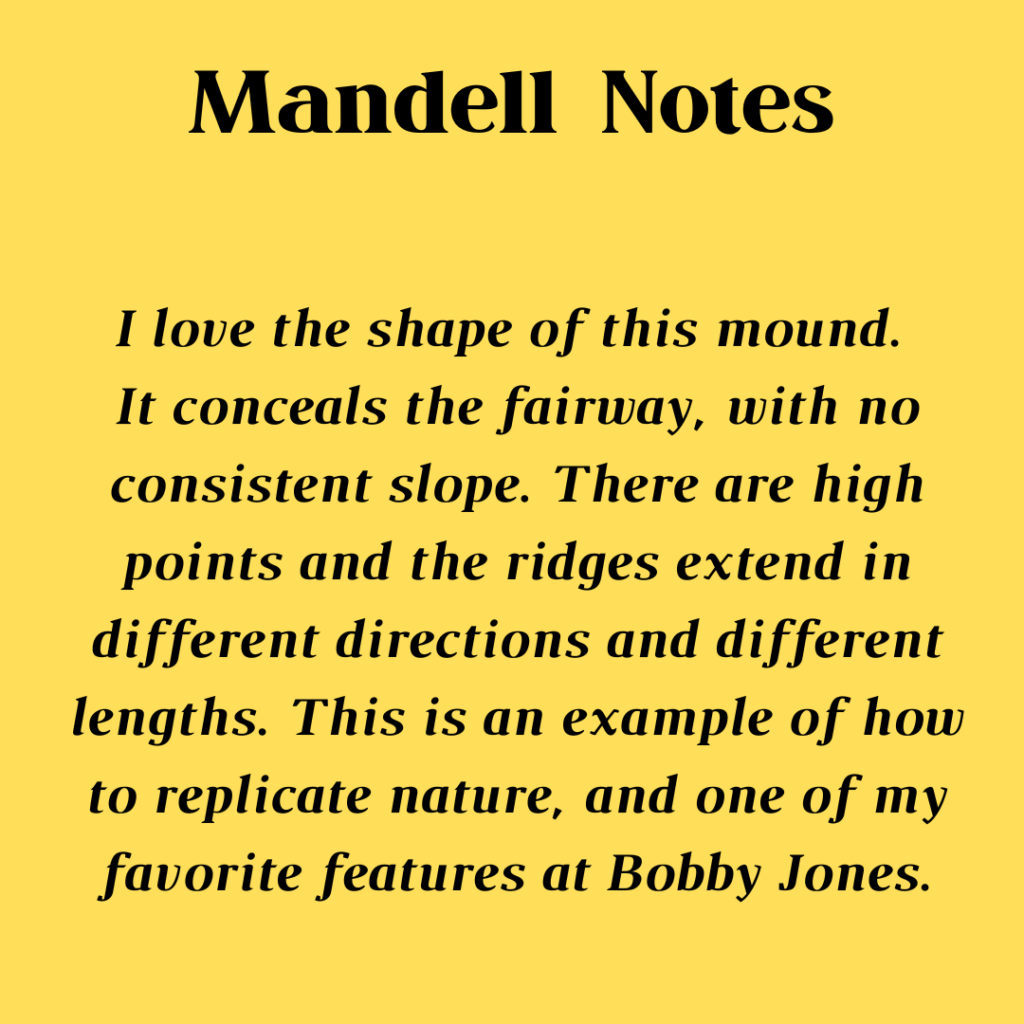
The 17th is a very short par 4 dogleg to the right. Danger lurks everywhere, prepare for any number of positions that will reject any and all mishit shots.
Big hitters will see bunkers protecting the green and the average golfer will notice the bunker complex on the left side of the fairway.
Ross designed the center of the green at 274 yards, but 230 yards to the edge of the bunkers near the green.
The 17th is the smallest green on the golf course, and at a unique angle, sort of a kidney shape. There are many interesting pin placement options here.
.

Bunkers on the right side of the 18th fairway challenge the golfer seeking a better angle to the green. The hole bends slightly to the right. The left side is open but brings the front left bunker into play.
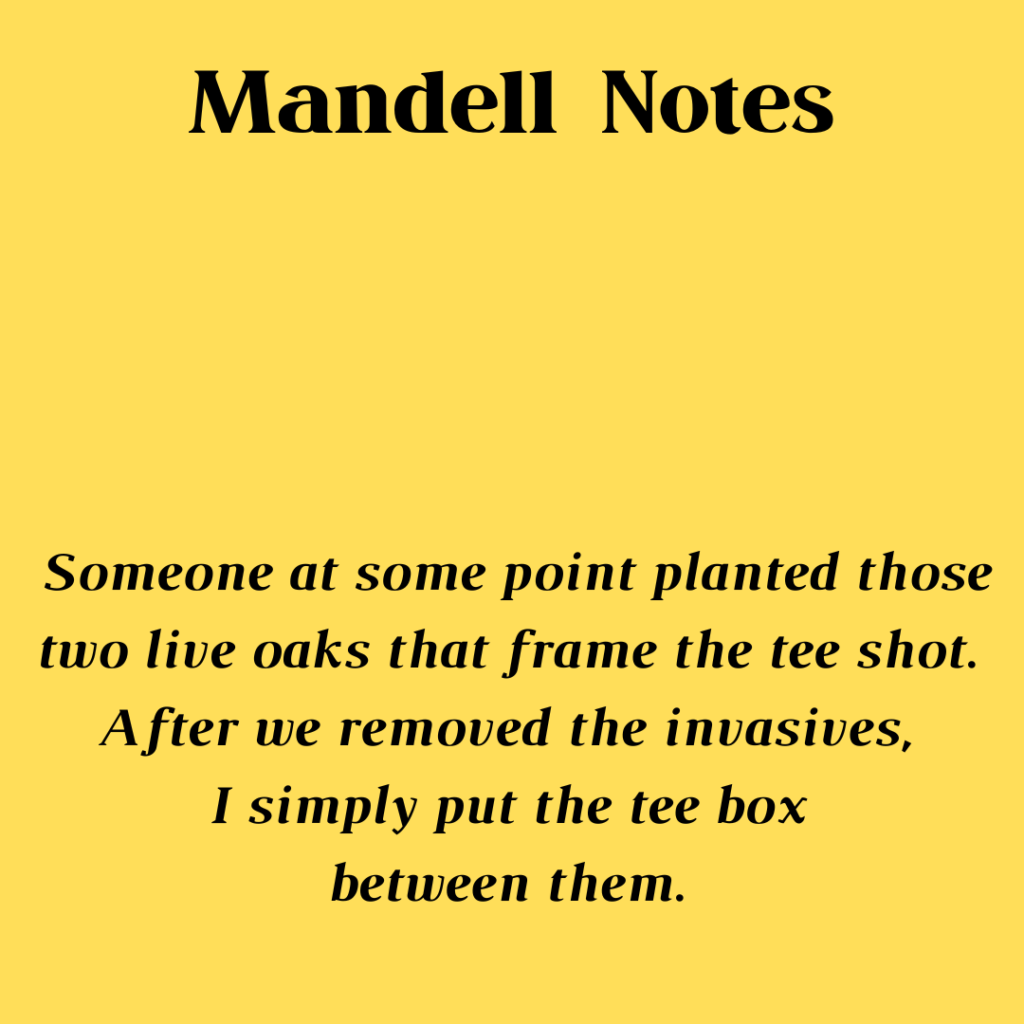
Mandell removed the pond on the left side of the hole, as it was never a part of the Ross design.
Without the water, which Mandell refers to as a crutch in designing golf courses, the topography and angles on the 18th hole challenge the golfer and make this hole special and a fine finish.
A big green with subtle variations lets all golfers end the day with grace.
.
Summary
I hope you find this Bobby Jones Course Review helpful or interesting or both.
What do you think of Bobby Jones Golf Club? Any thoughts on the layout and design decisions Richard Mandell made?
You comments are always welcome.
.
GolfToons

Golftoons is a scheme between two golf buddies, Michael Duranko and Marty Glass. If this side hustle makes any money, they‘re gonna blow it on a golf trip. Check out our Etsy Shop for GolfToons Merchandise. Enjoy!
Your Golfer’s Almanac

Check out our daily golf history podcast, Your Golfer’s Almanac celebrating birthdays, milestones, and other accomplishments that have occurred on this day in golf history.
